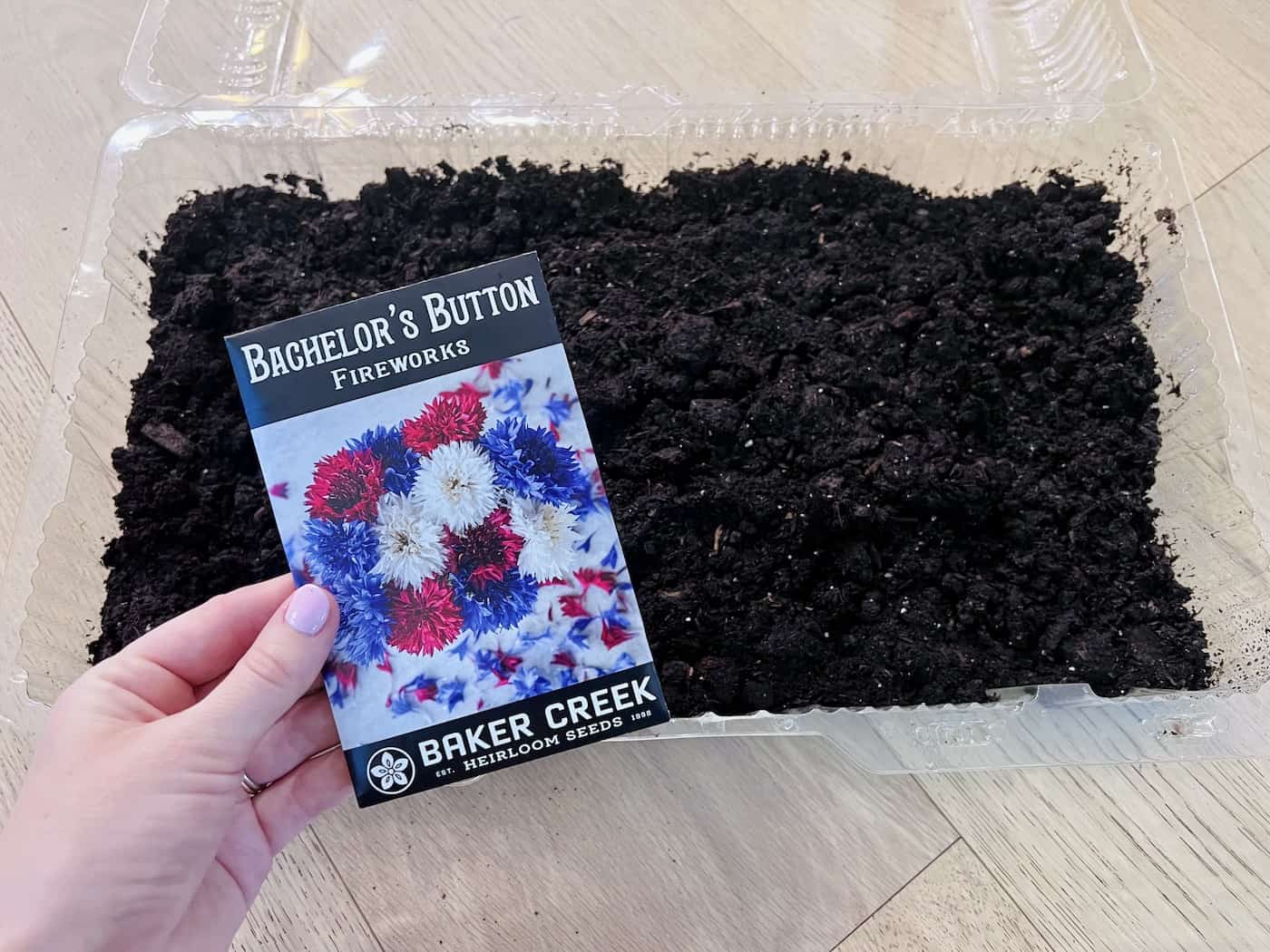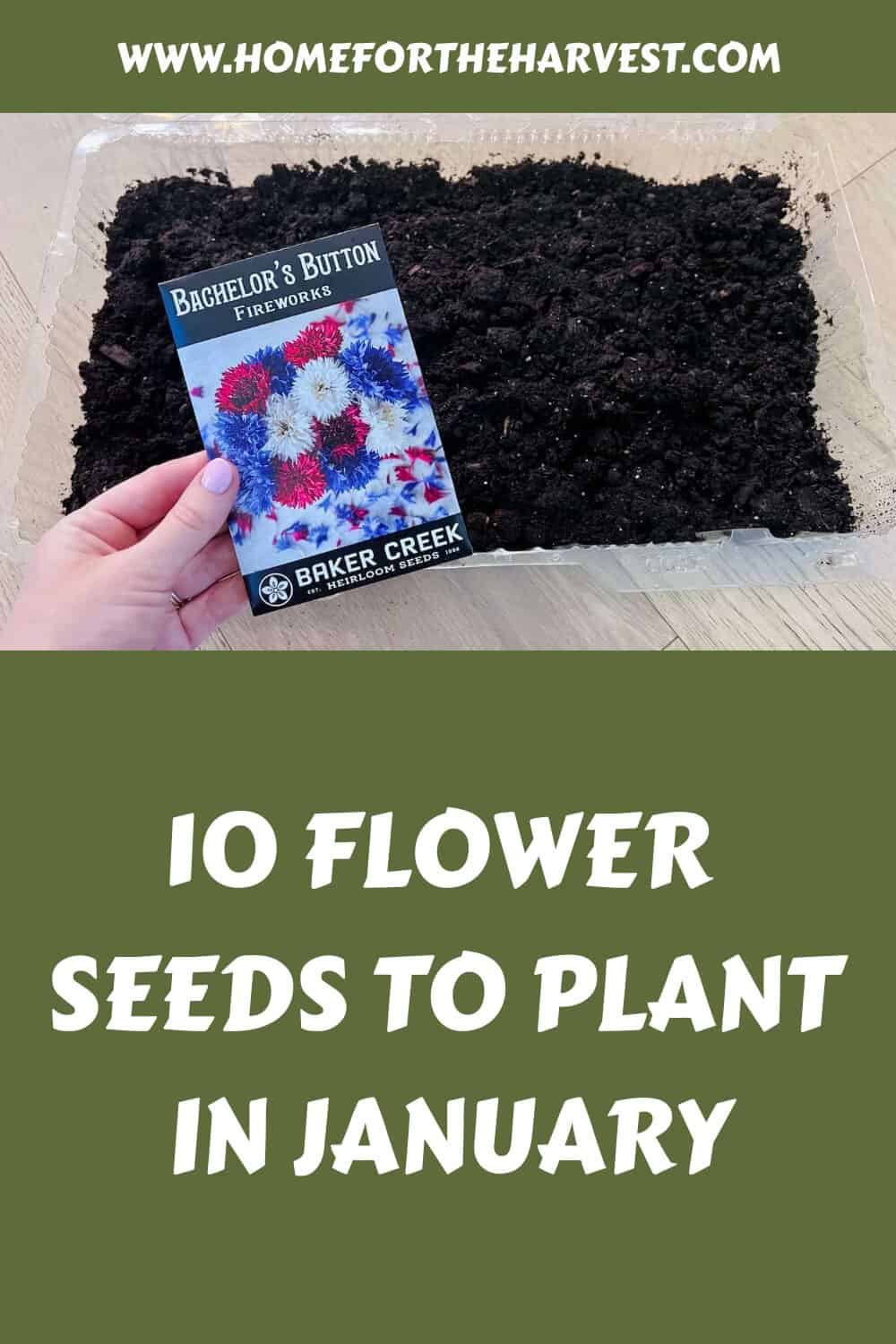January is the perfect time to start thinking about your garden for the year ahead. From columbine and foxglove to lavender and dahlias, so many gorgeous varieties thrive when planted early in the season.
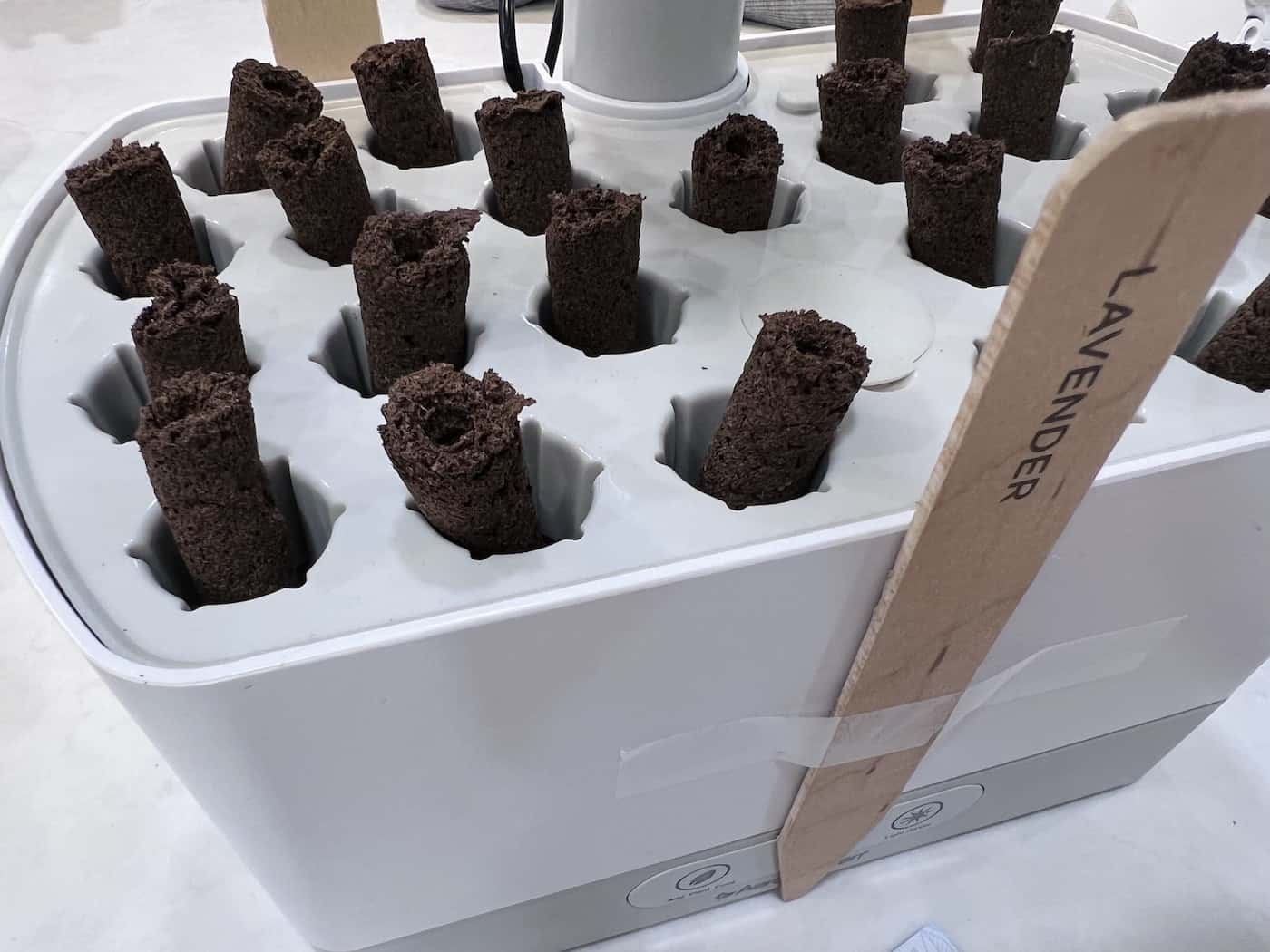
1. Lavender
Lavender is a beautiful and fragrant herb. Planting lavender seeds in January will give you plenty of time for them to germinate and bloom by summertime.
When planting your lavender, make sure to choose an area with full sun exposure, good drainage, and some protection from the wind if possible. If you’re planting multiple plants together, leave at least 18 inches between each one so they don’t crowd each other out. When watering your lavender plants, do so lightly but consistently throughout the growing season; too much water can cause root rot or other diseases.
Once established, lavender is quite drought tolerant, so you won’t need to worry about overwatering it. Pruning back the stems after flowering will help keep your plant healthy and encourage more blooms later in the season. You may also want to consider adding mulch around your plants to retain moisture during dry spells – just be careful not to cover up any new growth coming through.
2. Dahlias
Dahlias come in an array of vibrant colors, from bright reds and oranges to delicate pinks and whites. Most gardeners grow dahlias from dormant tubers, but its totally possible to grow them from seed as well.
It’s best to start in January or February when planting dahlia seeds. This will give the plants plenty of time to germinate before summertime arrives. Planting the seeds indoors is recommended as this will help protect them from extreme temperatures and other weather conditions that could affect their growth. When transferring your seedlings outdoors, make sure you choose a spot with full sun exposure and well-draining soil; otherwise, your flowers may not bloom properly or at all.
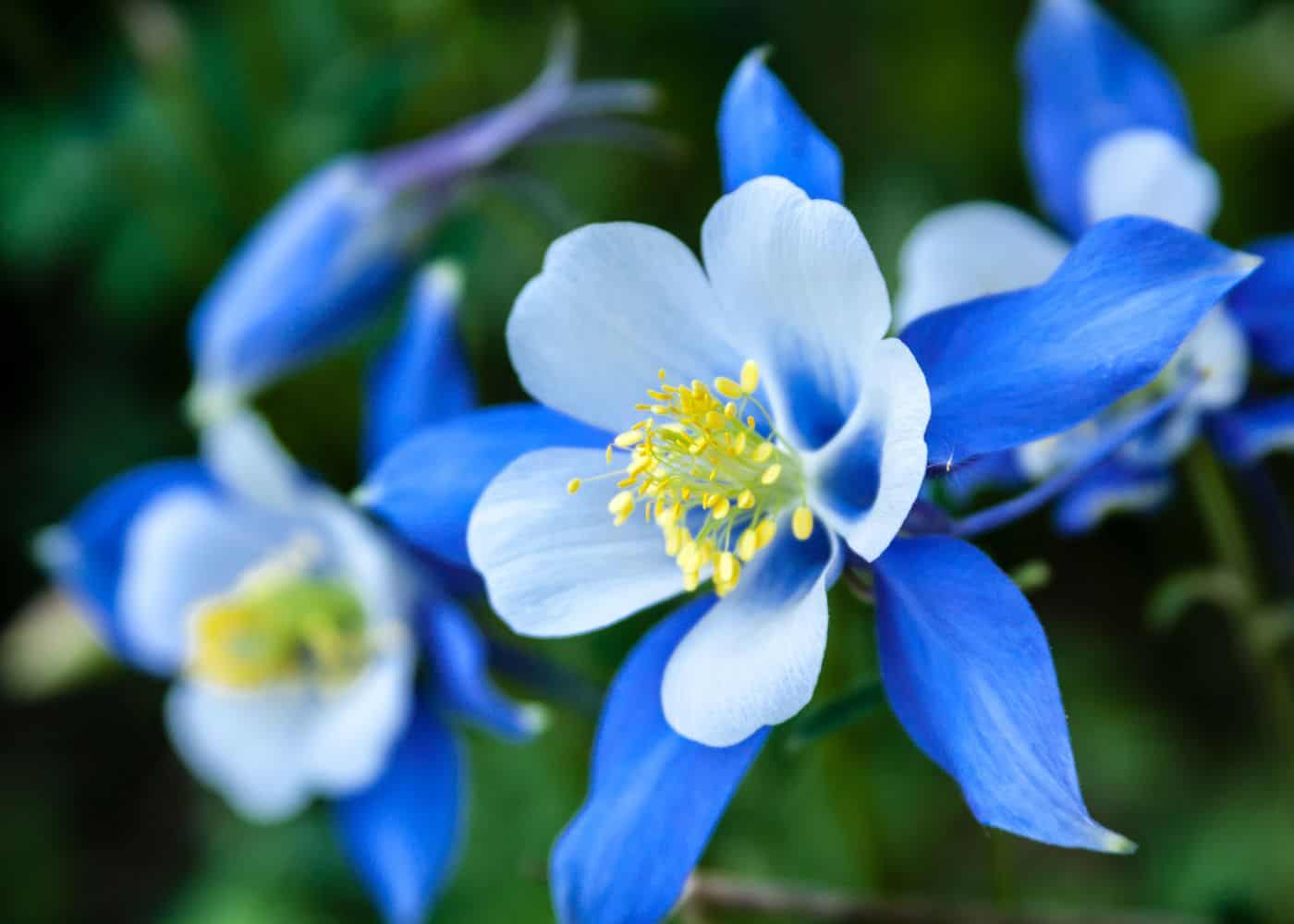
3. Columbine
Columbine is a beautiful flower that blooms in the spring and adds a touch of color to any garden. It has delicate, bell-shaped flowers in shades of blue, purple, pink, and white. Planting columbine seeds in January will give you a head start on the growing season and ensure that your garden is full of these lovely blooms come springtime.
The best way to plant columbine seeds is to scatter them over freshly tilled soil or potting mix or by winter sowing the seeds. Make sure they are lightly covered with soil or compost so they have enough moisture for germination. Keep the soil moist but not soggy until the seedlings emerge after about two weeks. Once they’ve sprouted, thin out any overcrowded plants by gently pulling them up from their roots and discarding them elsewhere in your garden or compost pile.
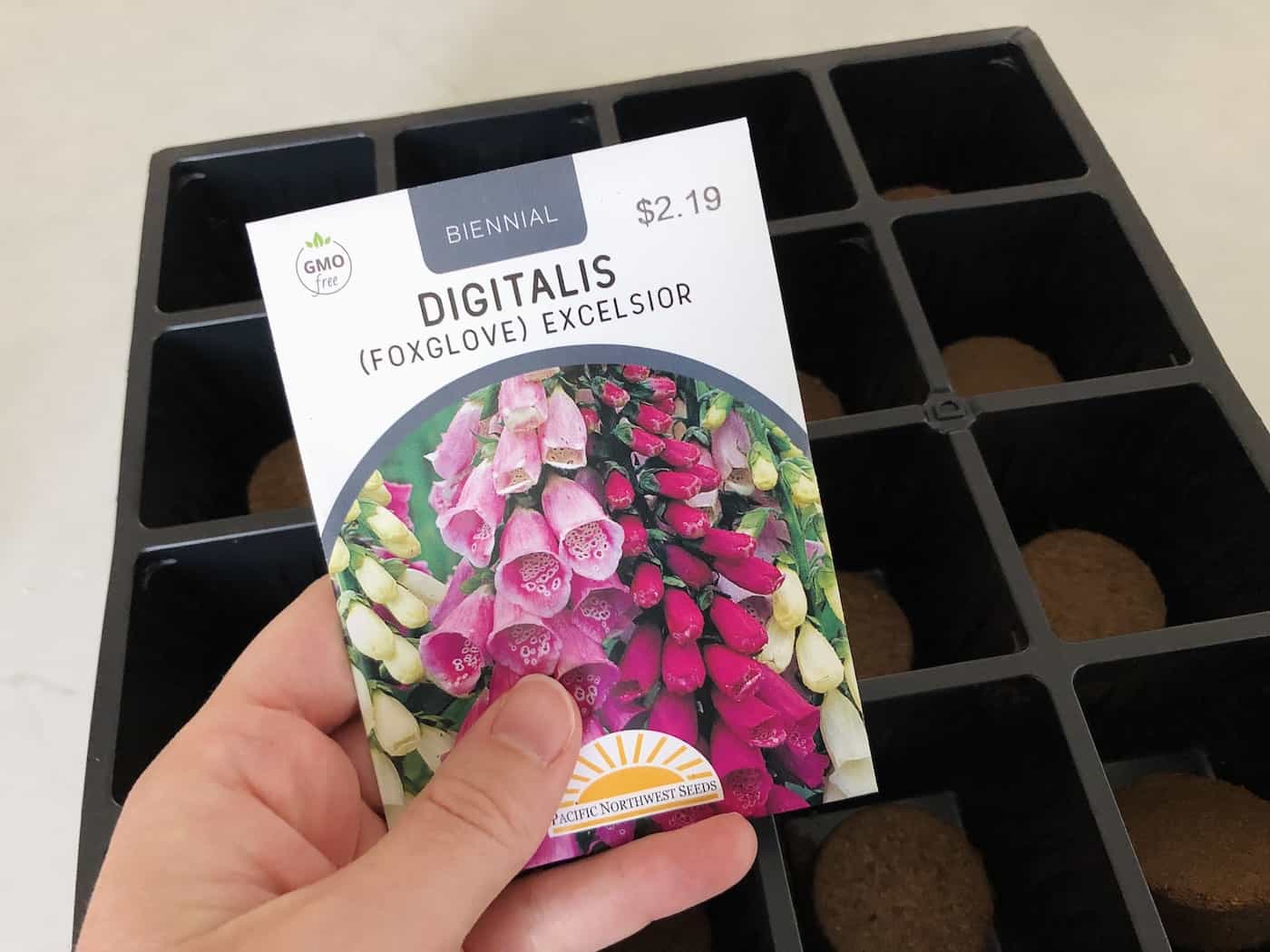
4. Foxglove
Foxglove has tall spires of bell-shaped blooms in shades of pink, purple, yellow, and white. Planting foxglove seeds in January-February will give you plenty of time for them to germinate and bloom by summertime.
When planting foxgloves, it’s important to choose a spot with partial shade or full sun exposure, depending on the variety you choose. Foxgloves prefer well-drained soil with lots of organic matter added, such as compost or manure. When planting your seeds, make sure not to cover them too deeply, as this may prevent germination from occurring properly.
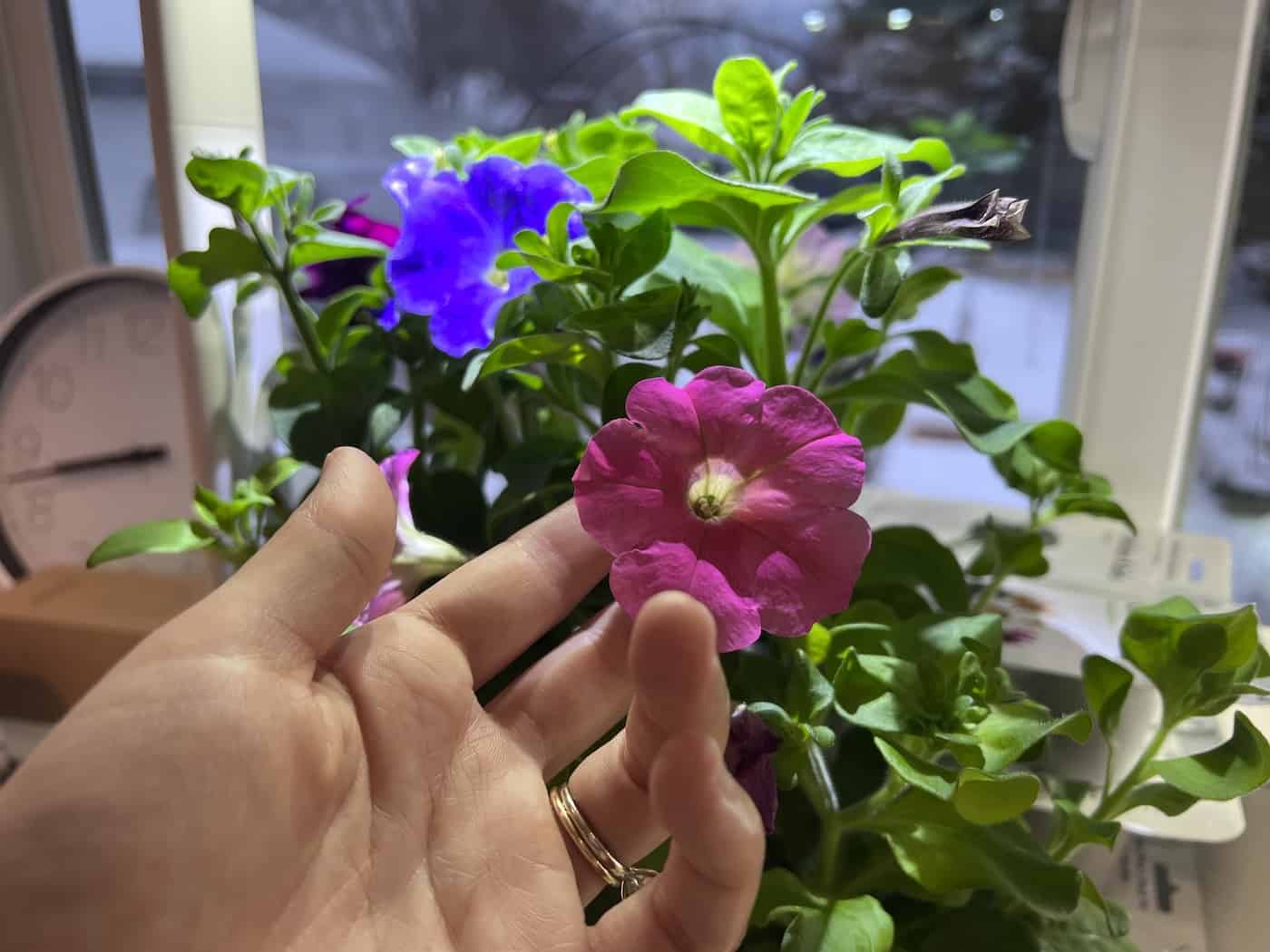
5. Petunias
Petunias are cheerful annuals that come in a variety of colors, from vibrant pinks and purples to subtle yellows and whites. Planting petunia seeds in January will give you plenty of time for them to germinate and bloom by summertime.
When it comes to planting petunias, there are several options available depending on your gardening style. If you’re looking for an easy way to get started with these beautiful flowers, consider buying pre-packaged flower seedlings at your local nursery or home improvement store. This is a great option if you don’t want to wait until spring or early summer when temperatures are more suitable for starting plants from seed indoors or outdoors.
If you prefer growing petunias from seed, be sure to purchase high-quality seeds that haven’t been sitting on the shelf too long, as they can lose their viability over time. Start the seeds indoors six weeks before your last frost date so they’ll be ready when outdoor temperatures warm up enough for transplanting into your garden beds or containers outside after all danger of frost has passed in late spring/early summer (depending on where you live).
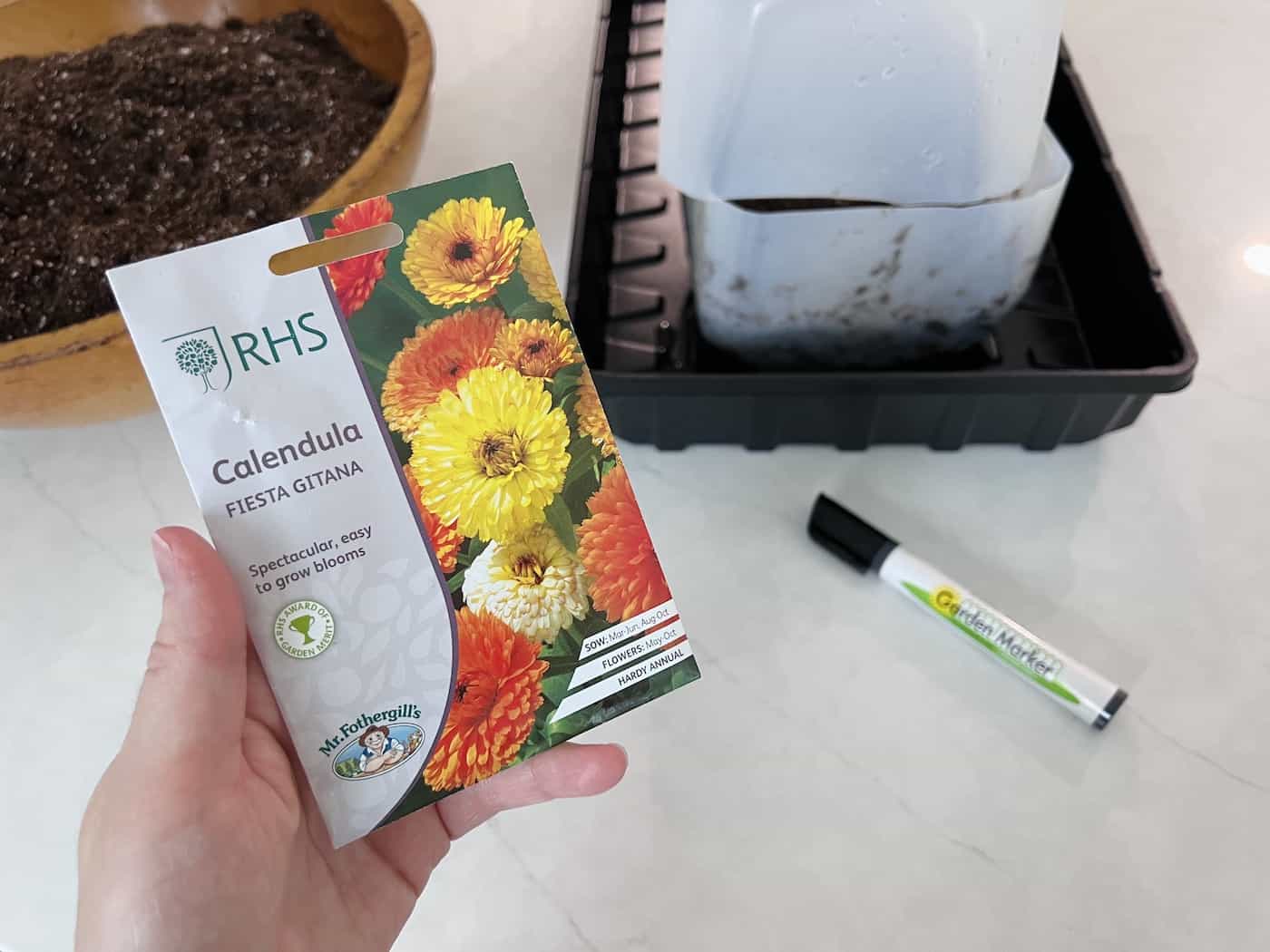
6. Calendula
Calendula is a beautiful, easy-to-grow flower that will add bright color to the garden. This hardy annual grows in full sun or partial shade and blooms from late spring through fall. Calendula has daisy-like flowers with yellow centers surrounded by petals of orange, yellow, or white.
Calendula is low maintenance. It requires minimal care once established in the garden. It prefers well-drained soil but can tolerate some drought conditions as long as there’s adequate moisture during its growing season. Deadheading spent flowers will encourage more blooms throughout the summer months while regular watering will help keep plants looking their best all season long.
7. Snapdragons
Snapdragons are a beloved flower that is popular in gardens all over North America. They come in many different colors, including yellow, pink, white, and purple. Snapdragons are known for their tall stems and vibrant blooms which make them an eye-catching addition to any garden.
The snapdragon plant is easy to care for and can thrive with minimal effort from the gardener. They require full sun or partial shade depending on the variety of snapdragons you choose. When planting snapdragons, it’s important to keep them away from other plants as they need plenty of room to grow and spread out. Watering your snapdragons regularly will help ensure they stay healthy throughout the growing season.
8. Bellflower
Bellflower is a beautiful flower that can add color and texture to any garden. It’s easy to grow, drought tolerant, and comes in many different varieties. Bellflowers are native to Europe but have been cultivated all over the world for centuries. They come in shades of blue, purple, pink, white, and yellow, with bell-shaped blooms on tall stems.
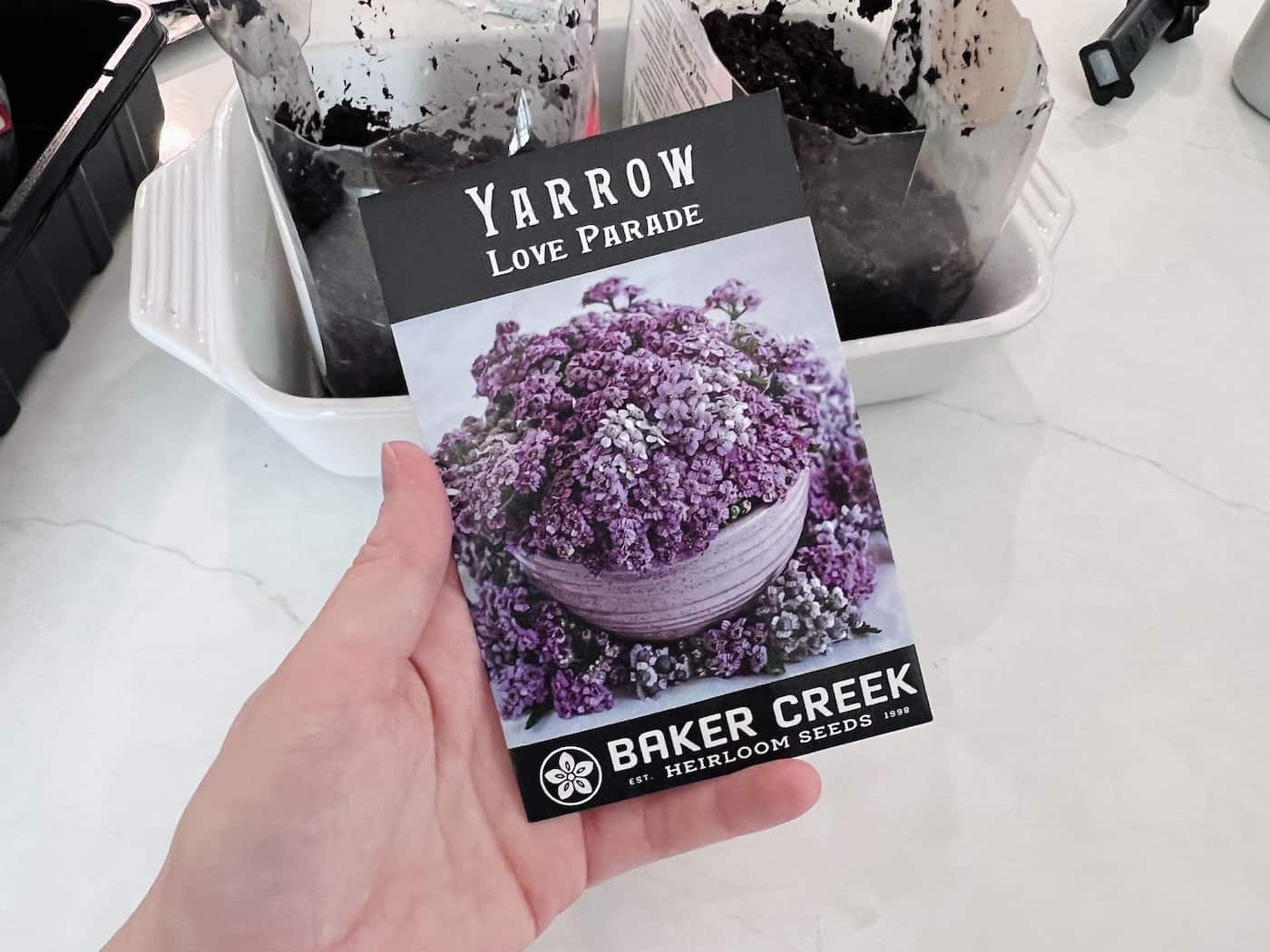
9. Yarrow
Yarrow is a flowering plant native to North America and Europe that can be found growing in many parts of the world. The flowers are usually white or yellow (although you can find pink, purple, and red), and the leaves are feathery and fern-like. Yarrow is easy to grow and requires minimal care once established. And if you’re planting in January or February, it’s easy to winter sow yarrow seeds.
Yarrow is often grown in flower beds or along pathways because it adds color and texture to any garden setting. It blooms from early summer through late fall, providing months of vibrant color with its bright yellow or white flowers. Yarrow also attracts beneficial insects like bees, butterflies, and ladybugs, which help pollinate other plants in your garden while keeping pests away from your vegetables.
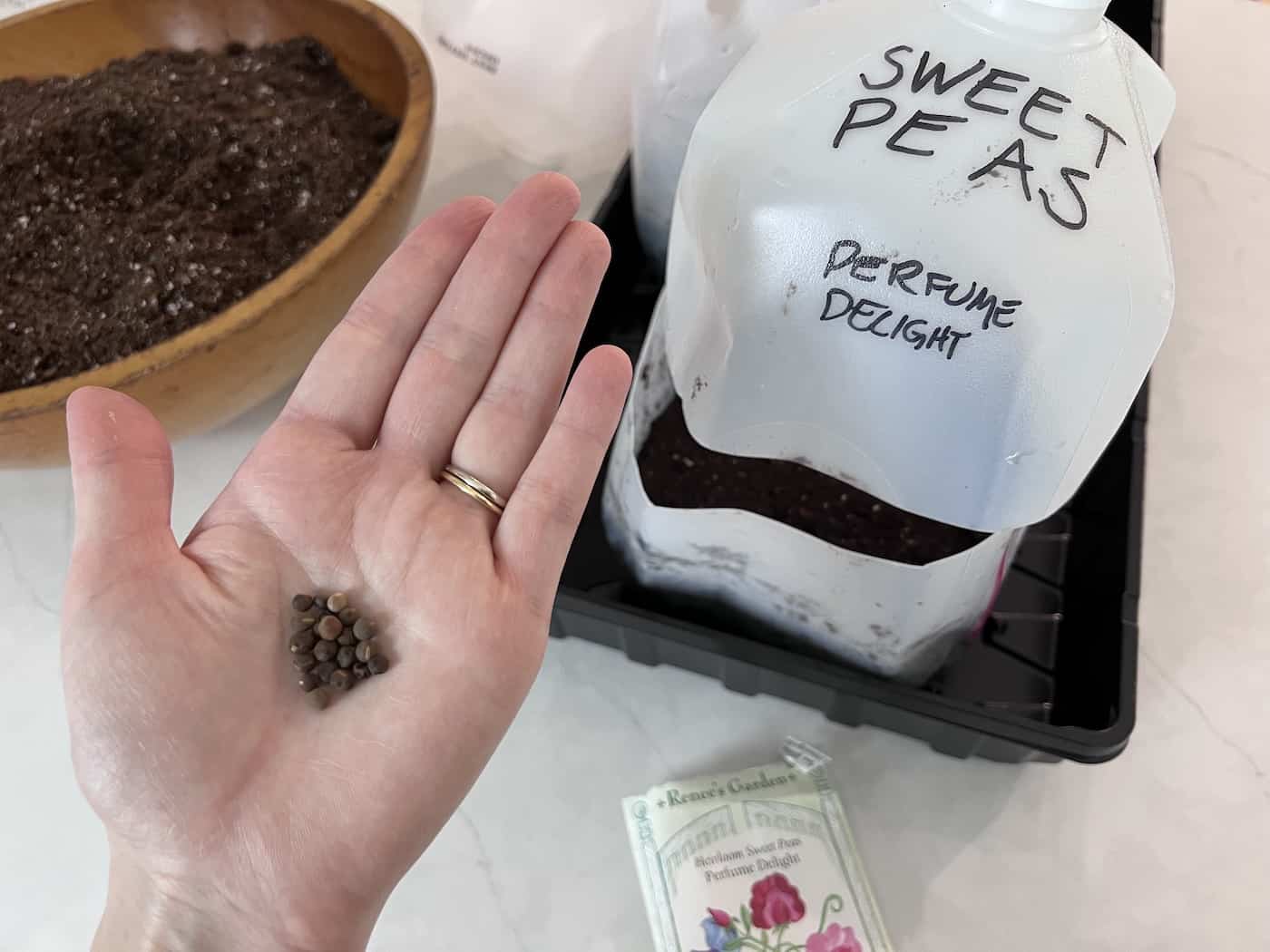
10. Sweet peas
Sweet peas are a type of flowering plant that is part of the legume family. They come in many different colors, including pink, purple, white, and yellow. The flowers have a sweet scent which is why they got their name. Sweet peas thrive in cooler climates with well-drained soil.
Make sure to prepare your soil by adding compost or fertilizer before you start planting seeds or cuttings. If you’re using seeds, space them evenly, so they have enough room to grow and spread out as they mature.


